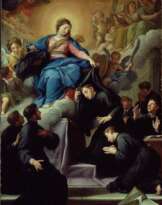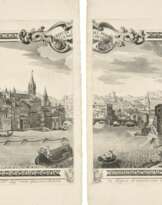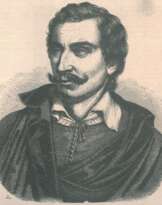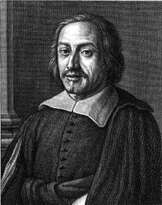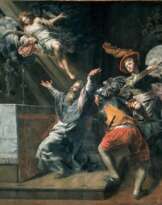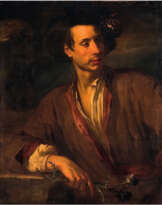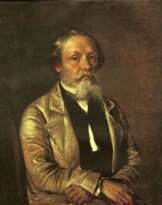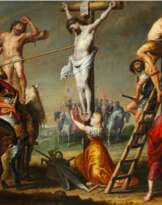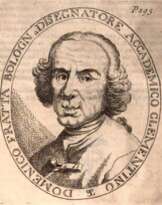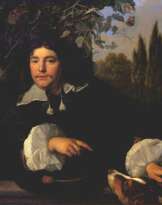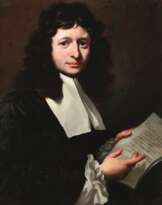Johann Gregor Höroldt (1696 - 1775)
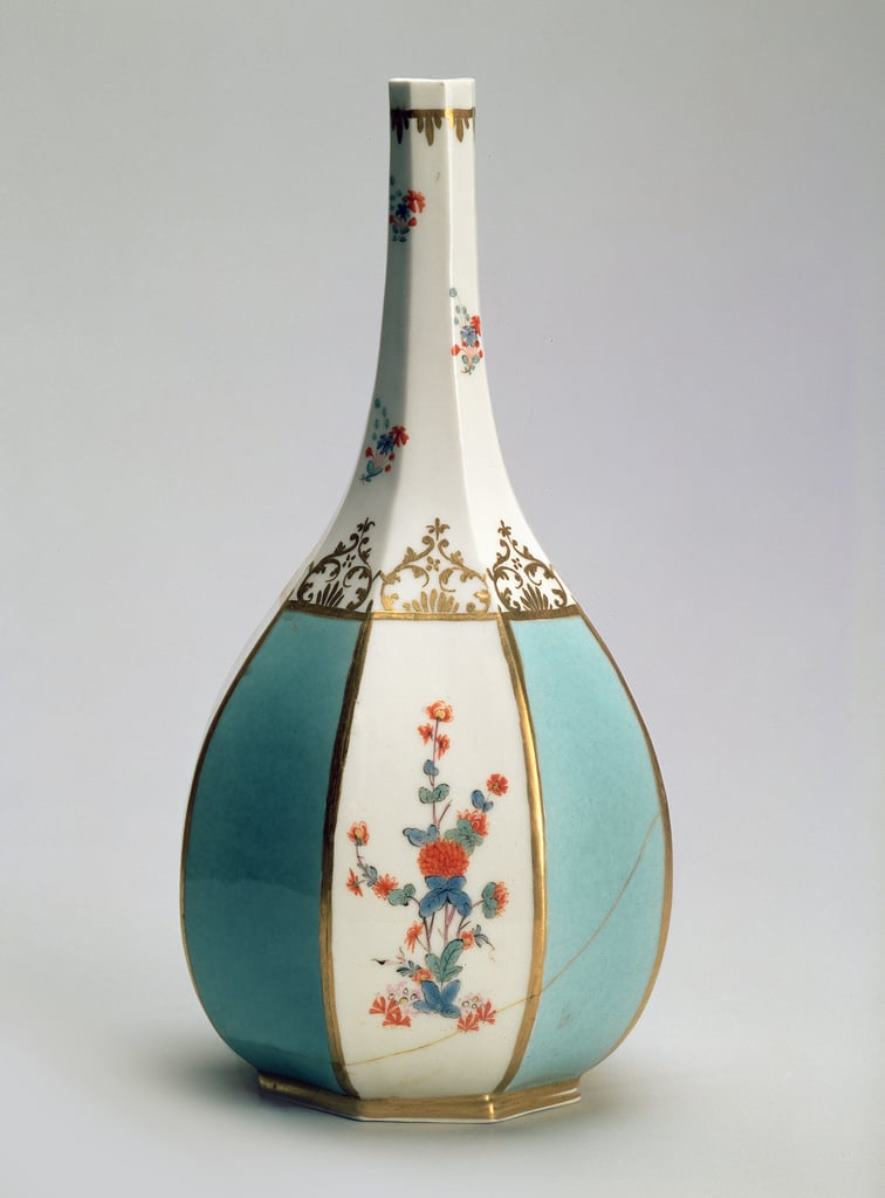
Johann Gregor Höroldt
Johann Gregor Höroldt was a German porcelain artist who developed the Meissen porcelain style. Höroldt was trained as a miniature and enamel painter.
Between 1719 and 1720 he worked at the porcelain manufactory in Vienna, recently founded by Du Pacquier, and then moved to Meissen and began his collaboration with the Meissen Porcelain Manufactory. In 1724 he was appointed court painter. In 1731, Höroldt became an arcanist (a chemist, a key figure in porcelain production), and was simultaneously appointed head of the entire painting department and court commissioner.
Höroldt influenced virtually all European porcelain and faience manufactories. He specialized in the fashionable and popular chinoiserie design, but also introduced European landscapes, harbor and battle scenes, still lifes, and bird images as porcelain decoration.
The artist also significantly expanded the palette of colors used in Meissen: in the early XVIII century. was available only five paints for glaze, and Höroldt by 1731 increased the palette to 16 colors. He attached great importance and the original form for porcelain, trying to make it different from the usual dishes.
| Date and place of birt: | 6 august 1696, Jena, Germany |
|---|---|
| Date and place of death: | 26 january 1775, Meissen, Germany |
| Period of activity: | XVIII century |
| Specialization: | Artist, Designer, Miniaturist, Porcelain painter |
| Genre: | Animalistic, Flower still life, Genre art, Landscape painting, Still life |
| Art style: | Baroque |
| Medium: | Porcelain |
